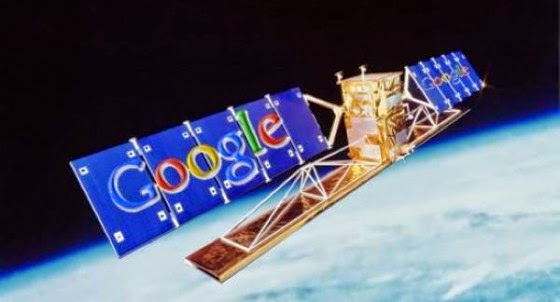Dear reader and followers,
it is super hard to land a rocket on a platform in the middle of an ocean. Elon Musk has had to learn that the hard way, and now, you too can experience the crushing disappointment of trying to land the SpaceX Falcon 9 lander, thanks to a new internet game (completely unaffiliated with SpaceX). The game is simple; choose a level with your space bar, and use the arrow keys to gently guide the rocket onto the tiny floating platform before you run out of fuel. Or hit the ocean. Or hit the platform and explode violently. You could also succeed, but only if you are a secret genius/wizard.
SpaceX Falcon 9 Lander is a fun twist on the classic Lunar Lander game that has you trying to perfectly balance thrust, rotation, descent, and your remaining fuel to safely land a rocket ship back on a floating platform.
Playing it is slightly less stressful than trying to land the real Falcon 9 since you’re not out millions of dollars every time you crash–but only just. If you’re looking for a way to relax and kill some time this afternoon, this isn’t it. But if you want to feel as frustrated as Elon Musk does, definitely give it a shot.
Due to the hardness to land in the middle of the ocean, Space X change its approach, next time a SpaceX rocket touches down, it will be on solid ground. Actually, After its next launch, SpaceX hopes to fly a Falcon 9 booster back to a landing site on Cape Canaveral Air Force Station, making its first attempt to bring a booster down on land rather than on a platform in the ocean.
Play the game here. Good luck!




























